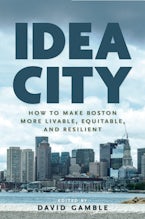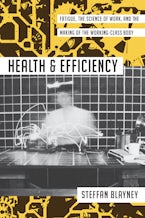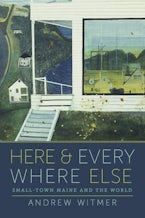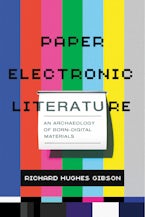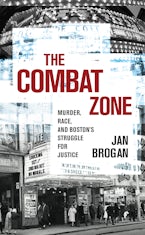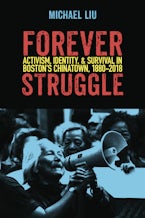- Home
- Science/Technology/Culture
- Underground Movements
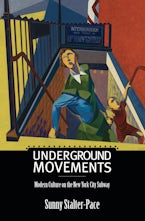
Underground Movements
Modern Culture on the New York City Subway
Published by: University of Massachusetts Press
Series: Science/Technology/Culture
240 Pages, 6.00 x 9.00 x 0.70 in, 4 b&w illus.
Other Retailers:
For more than a century the New York City subway system has been a vital part of the city's identity, even as judgments of its value have varied. It has been celebrated as the technological embodiment of the American melting pot and reviled as a blighted urban netherworld. Underground Movements explores the many meanings of the subway by looking back at the era when it first ascended to cultural prominence, from its opening in 1904 through the mid-1960s. Sunny Stalter-Pace analyzes a broad range of texts written during this period—news articles, modernist poetry, ethnic plays, migration narratives, as well as canonical works by authors such as Hart Crane, William Carlos Williams, and Ralph Ellison—to illustrate the subway's central importance as a site of abstract connection, both between different parts of the city and between city dwellers who ride the train together.
Writers and artists took up questions that originated in the sphere of urban planning to explore how underground movement changed the ways people understand the city. Modern poets envisioned the subway as a space of literary innovation; playwrights and fiction writers used it to gauge the consequences of migration and immigration; and essayists found that it underscored the fragile relationship between urban development and memory. Even today, the symbolic associations forged by these early texts continue to influence understanding of the cultural significance of the subway and the city it connects.
Writers and artists took up questions that originated in the sphere of urban planning to explore how underground movement changed the ways people understand the city. Modern poets envisioned the subway as a space of literary innovation; playwrights and fiction writers used it to gauge the consequences of migration and immigration; and essayists found that it underscored the fragile relationship between urban development and memory. Even today, the symbolic associations forged by these early texts continue to influence understanding of the cultural significance of the subway and the city it connects.
Sunny Stalter-Pace is associate professor of English at Auburn University.
"A stimulating and impressive book. . . . Its interdisciplinary breadth is admirable and its comprehensive account of New York subway texts provides a model for historically and geographically grounded literary research."—Hsuan Hsu, author of Geography and the Production of Space in Nineteeth-Century American Literature
"Underground Movements is about how culture, especially poetry, has used the subway in works of art. . . . For the modernists, rather than a higher power the subway enabled one to discover new personal insights. In fact, when I was in law school I used to ride the subway to gather my thoughts for an upcoming paper, so I can empathize with this argument."—Public Transport
"Chapter 5 makes important arguments about how African-American writers used the subway to pose questions and highlight contradictions regarding class, racism, historical memory, and uneven development. Stalter-Pace is attentive to the subway's paradoxical offer of freedom and agency at the cost of passivity and conformity."—Technology and Culture
"[A] brilliantly taciturn work. . . . Stalter-Pace does a very good, nuanced job examining how the subway has functioned in American society from conception to the present day."—Journal of American Culture


